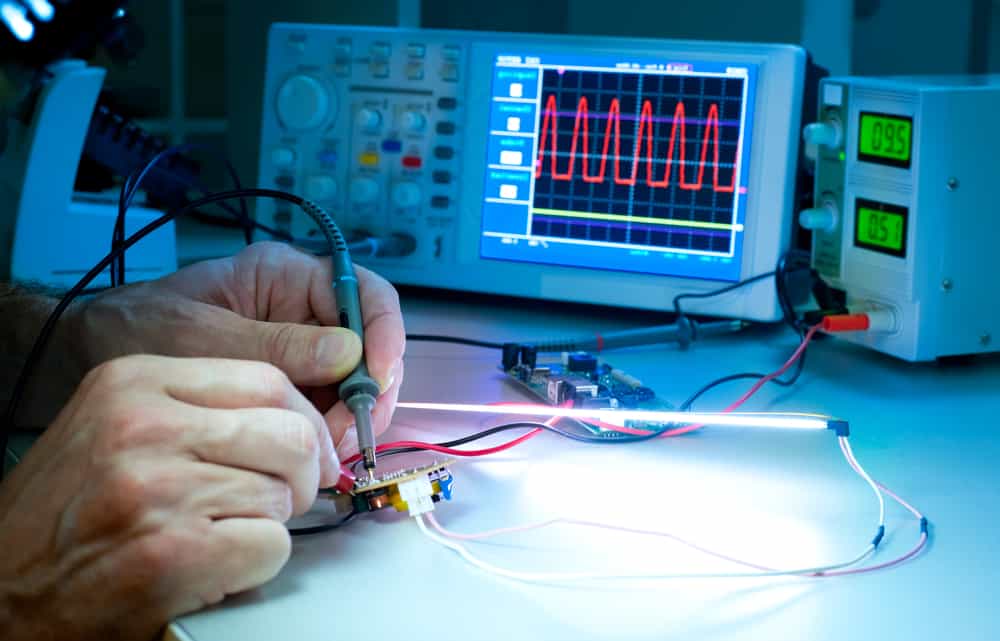Top 10 Common Faults in Substations and How to Prevent Them
Substations are critical nodes in the electrical power network, acting as control points for voltage regulation, protection, and power distribution. Given the high voltage and complexity of the equipment involved, even minor faults can have widespread consequences. Understanding the most common substation issues—and how to prevent them—can significantly improve reliability, safety, and performance.

1. Insulation Failure
Over time, insulation in transformers, cables, and bushings can deteriorate due to moisture, heat, or contamination. This can result in phase-to-phase or phase-to-ground faults.
Prevention: Conduct regular insulation resistance and Tan Delta tests to monitor insulation health. Maintain a dry, clean environment.
2. Circuit Breaker Malfunction
Circuit breakers may fail to operate due to mechanical wear, coil damage, or faulty trip settings. This can prevent fault isolation and lead to cascading failures.
Prevention: Perform routine breaker timing tests, contact resistance measurements, and functional testing. Schedule maintenance and lubrication of mechanical parts.
3. Relay Misoperation
Incorrect relay coordination or setting errors can cause unnecessary tripping or failure to trip when needed.
Prevention: Carry out secondary injection testing, verify relay settings, and update coordination studies as system loads change.
4. Transformer Overheating
Transformers can overheat due to overloading, poor ventilation, or internal faults, leading to insulation breakdown and failure.
Prevention: Use temperature sensors, oil level indicators, and perform regular thermal imaging. Monitor load and balance it across phases.
5. Poor Earthing/Grounding
Ineffective grounding can result in voltage imbalances, shock hazards, or failure of protective devices during faults.
Prevention: Conduct ground resistance testing and inspect earthing pits and connections periodically.
6. Partial Discharge (PD)
PD is a localized dielectric breakdown that can slowly degrade insulation over time, especially in cables and switchgear.
Prevention: Use PD detectors or conduct offline PD testing during planned maintenance. Replace aging cables as needed.
7. Moisture Ingress in Panels or Enclosures
Moisture can lead to corrosion, short circuits, and tracking in control panels and switchgear.
Prevention: Ensure proper sealing, use dehumidifiers or heaters in panels, and inspect gaskets and enclosures regularly.
8. Control Wiring Faults
Loose connections, damaged cables, or wrong wiring can cause relay misoperations or system malfunction.
Prevention: Perform continuity checks, tighten terminals, and follow wiring schedules during installation and retrofits.
9. Battery Bank Failure
Substation protection systems rely on battery banks for DC backup. A weak or failed battery can compromise trip functions.
Prevention: Regularly test battery voltage, perform discharge testing, and inspect terminals and electrolyte levels.
10. Oil Leakages from Transformers or Breakers
Oil leakages not only affect insulation but also pose fire hazards and environmental concerns.
Prevention: Inspect seals, gaskets, and flanges routinely. Use oil level indicators and conduct BDV (Breakdown Voltage) tests on insulating oil.
Conclusion
Most substation faults are preventable with a structured maintenance and testing plan. Proactive fault detection ensures system reliability, personnel safety, and operational continuity.
At SRESTA, we provide end-to-end substation testing, diagnostics, and preventive maintenance services designed to keep your power infrastructure running flawlessly.
Contact us today to schedule an inspection or service consultation.
